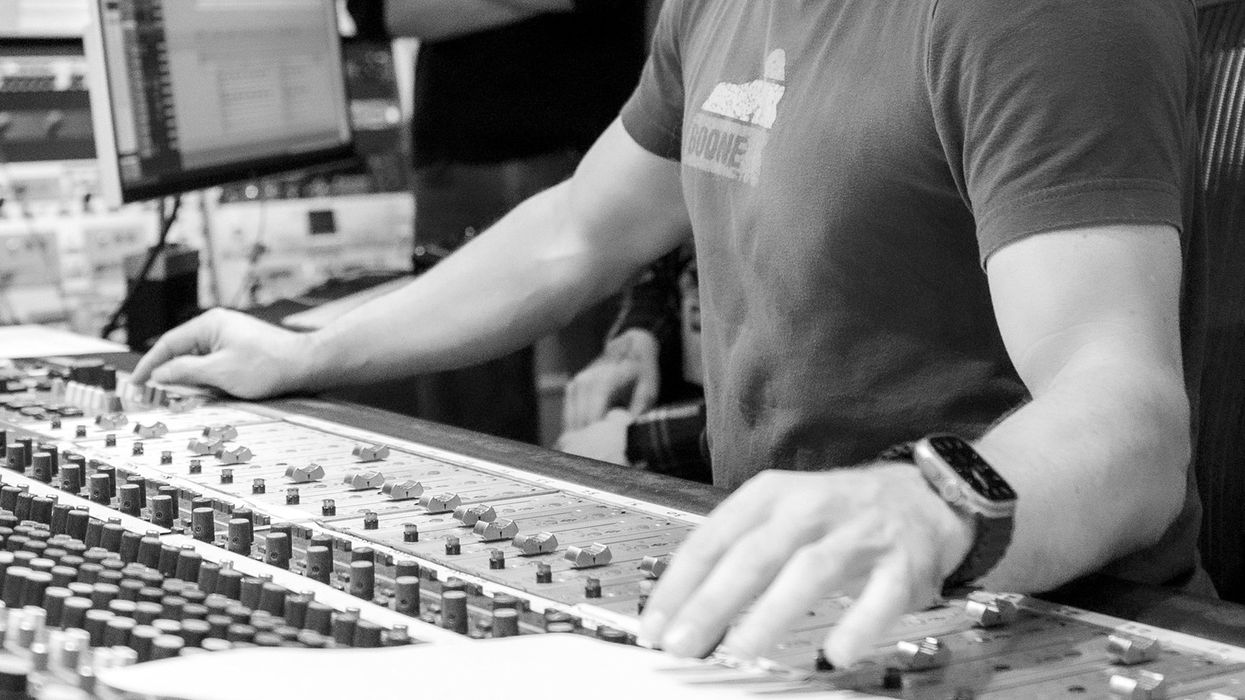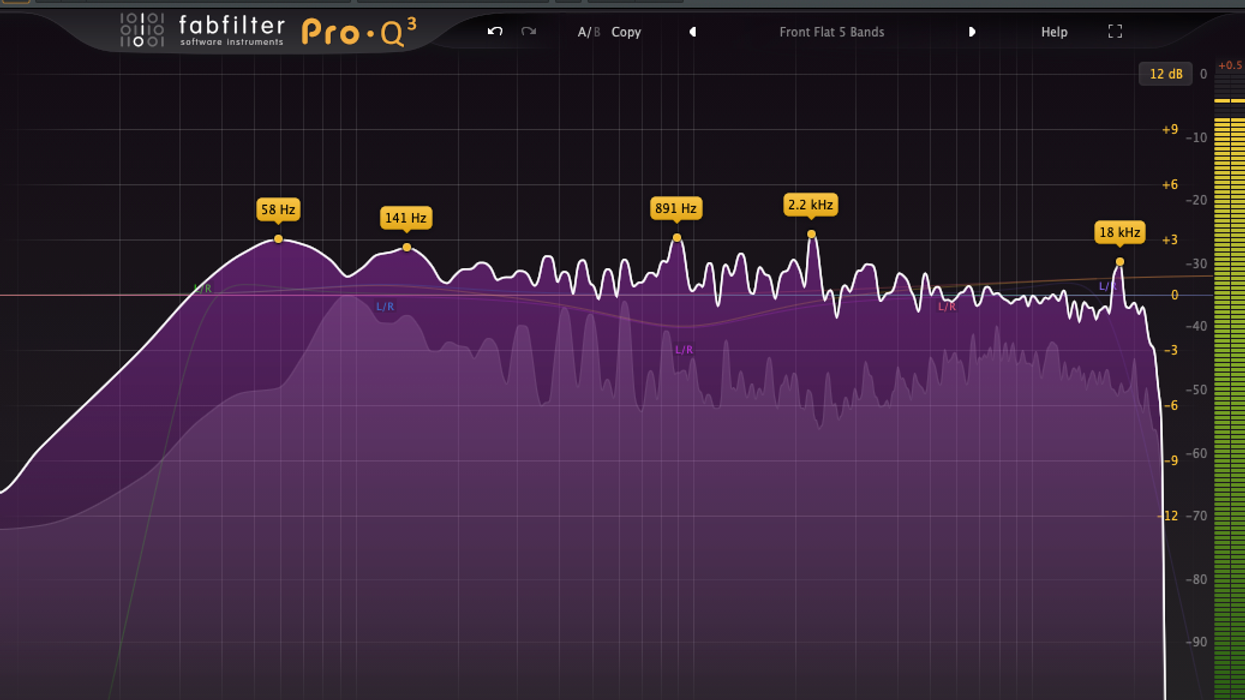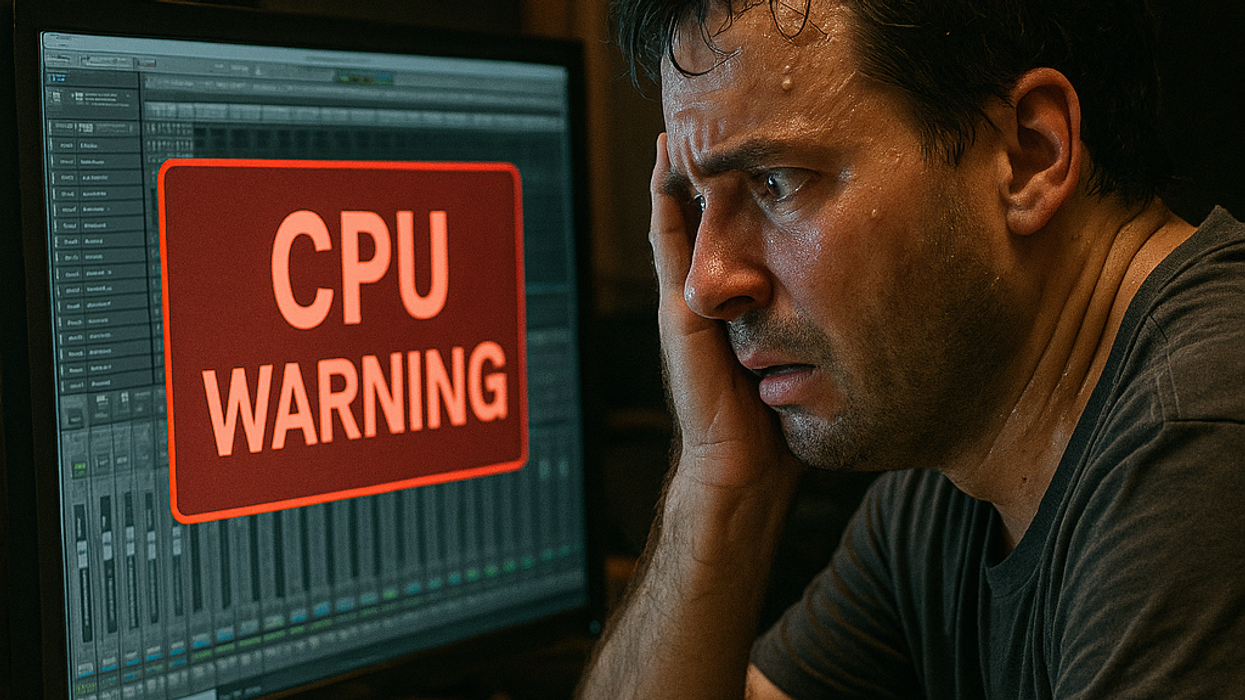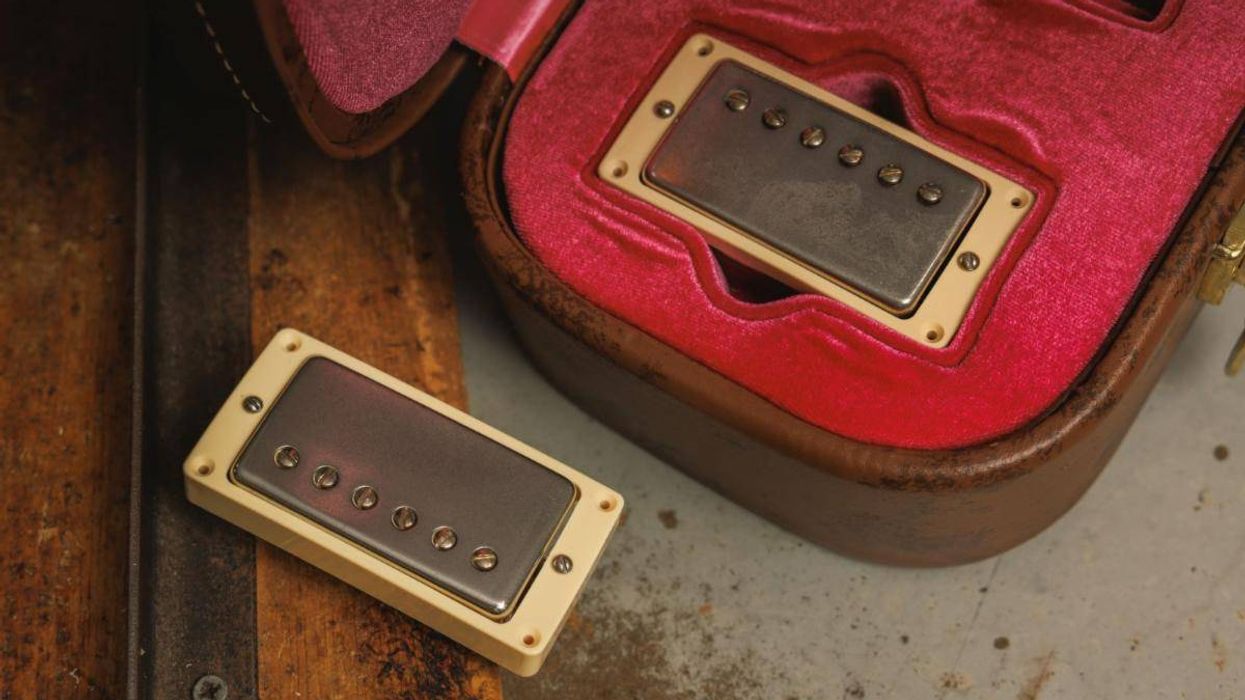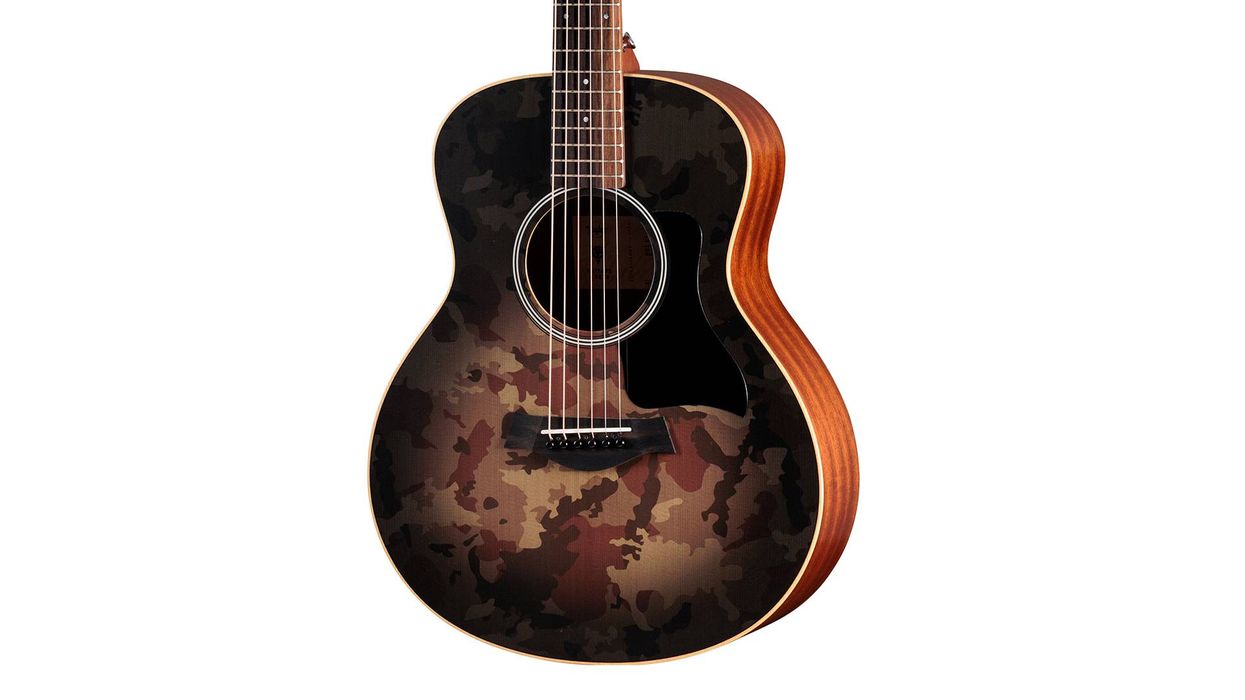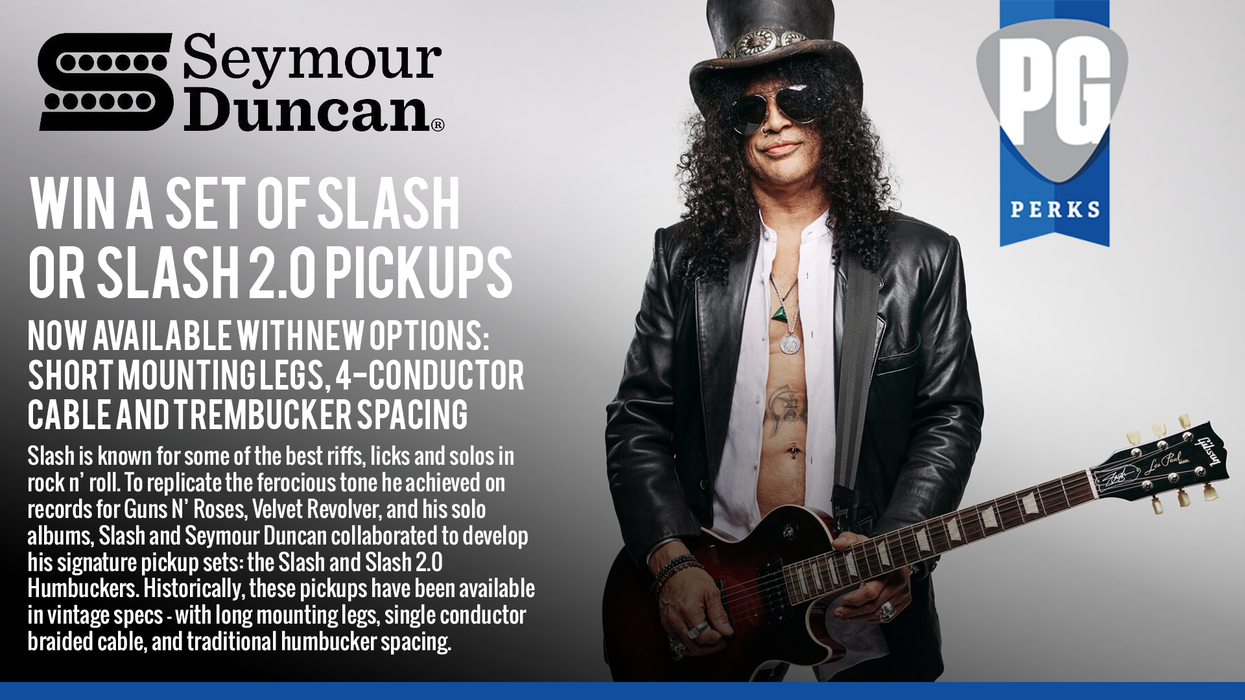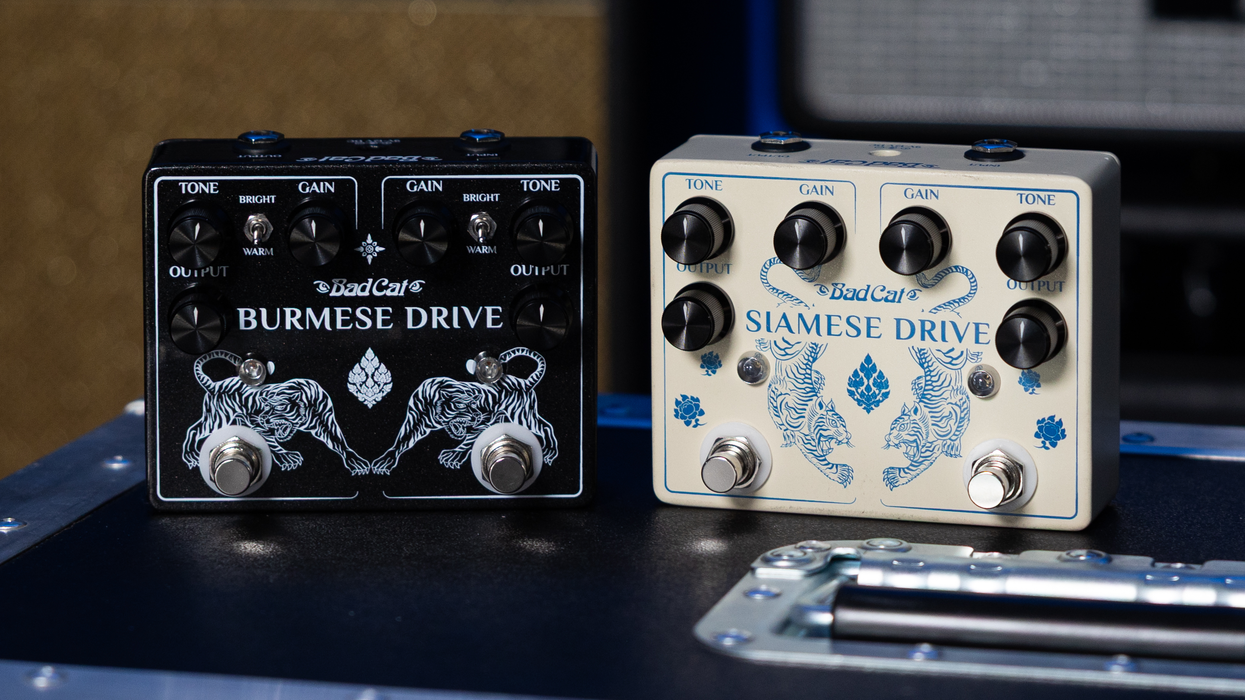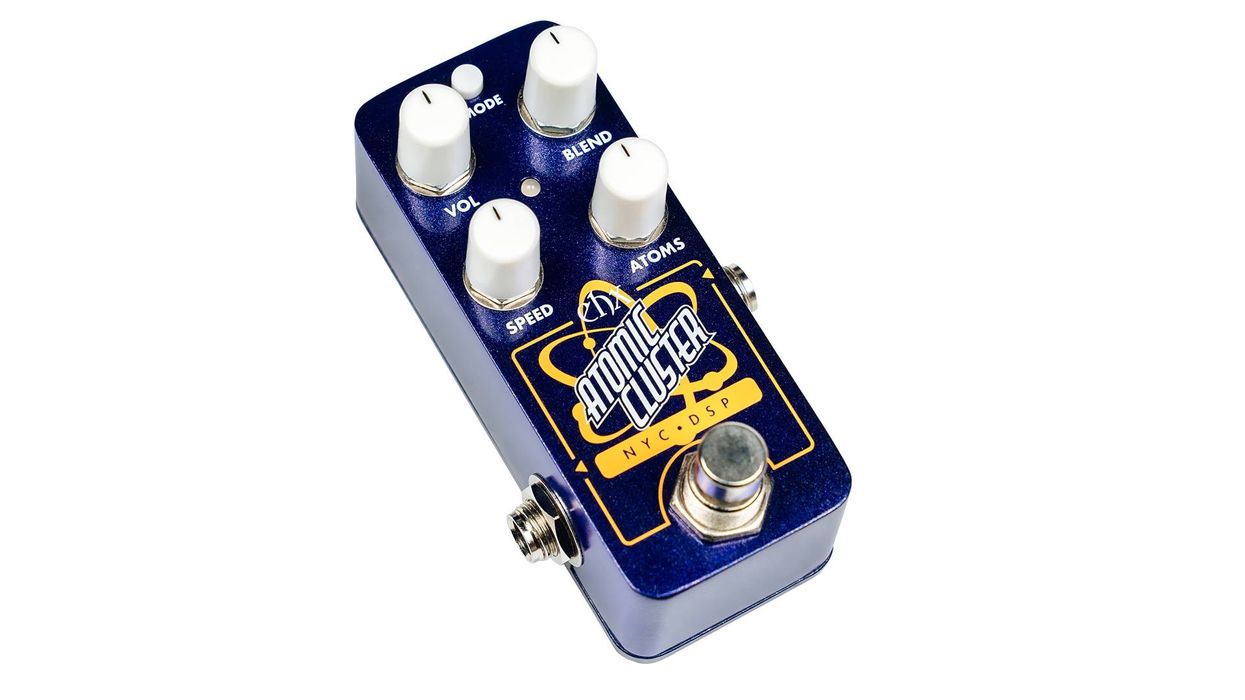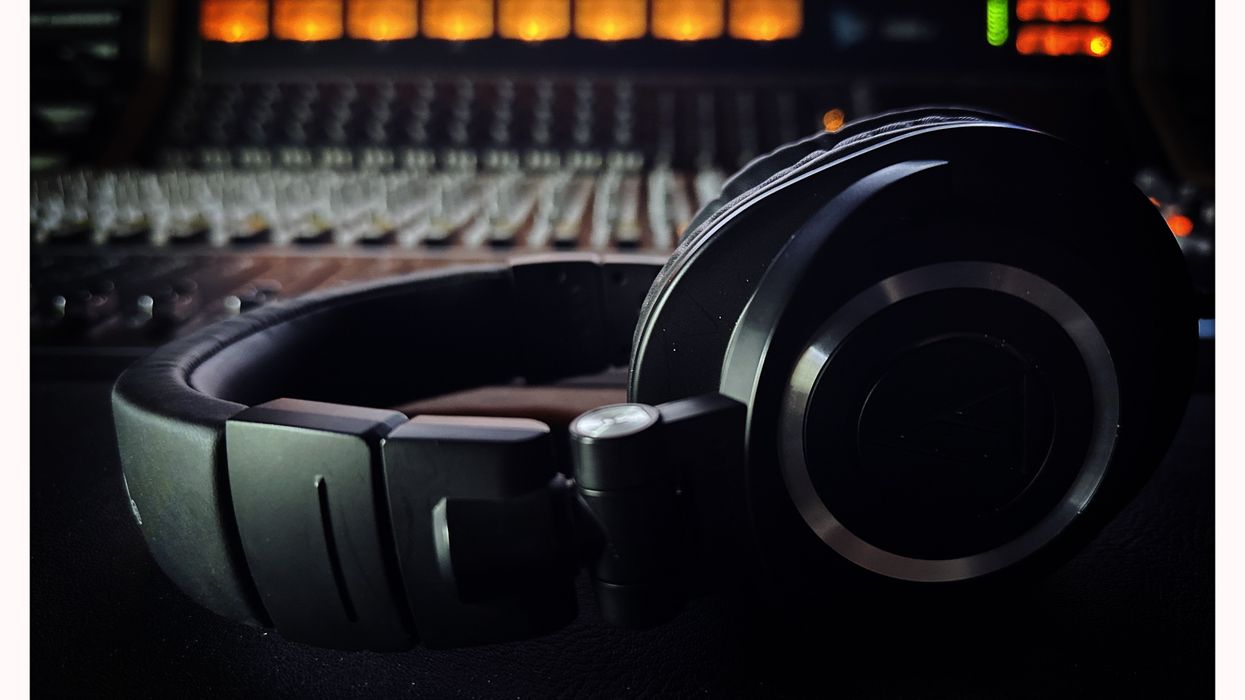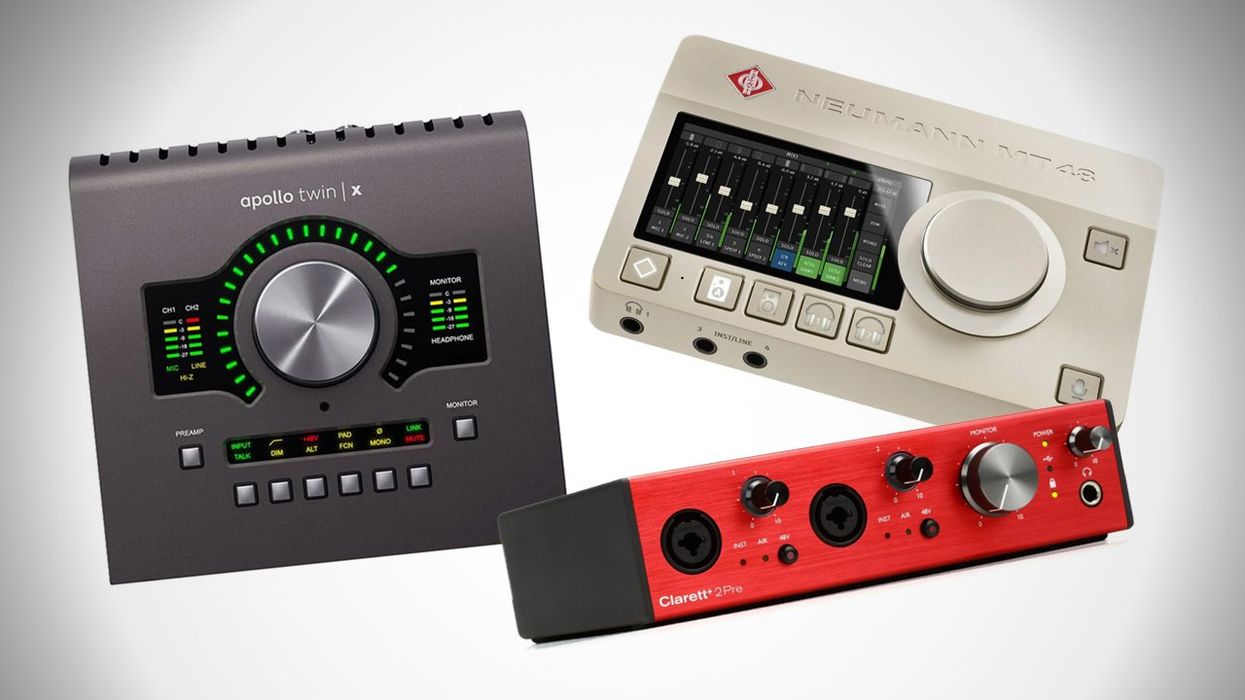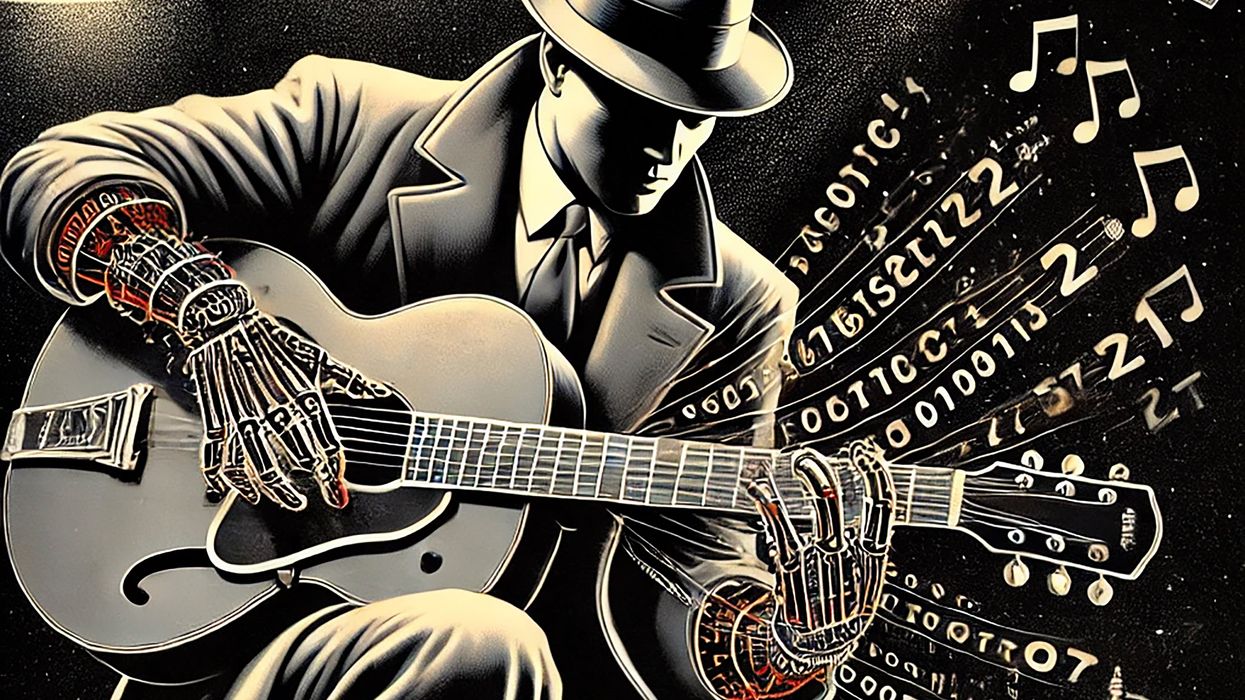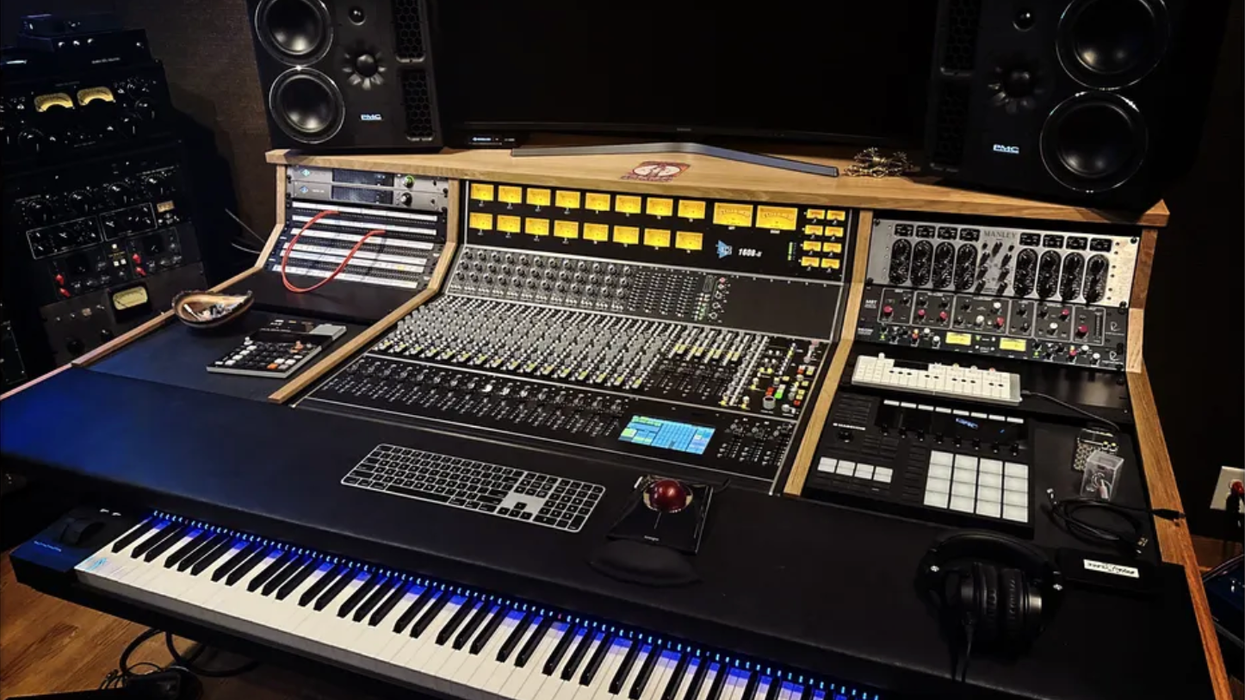The DI box—aka direct input, direct injection, or just plain DI—isn't something guitarists usually think about or have in our arsenal of pedals. If you're like me, DI boxes are easily dismissed as “that box bass players plug into before going to their amps." But this month, we're going to borrow from our low-ended brothers and sisters and learn about the DI box and how we can take advantage of it for some creative possibilities.
Ed Wolfrum was a teenager when he invented the DI Box. An elegant and simple design, Wolfrum's boxes (known as the Wolfbox) sought to resolve the impedance mismatch between guitars and studio gear. Simply put, direct boxes convert the high-impedance signal coming from a guitar to a low-impedance signal that can be used with mic preamps and consoles.
"I indeed designed (in late 1958-'59), built, and sold a plethora of them (using Triad A-11/12J transformers) in the Detroit area throughout broadcasting and audio recording studio facilities starting in the early 1960s through the '70s. By the middle 1970s, almost every Detroit studio and radio and TV station had at least one," Wolfrum writes on his audiographicservices.com website.
Wolfrum's DI box was a big part of Golden World Records, United Sound Systems studio, and, most notably, Motown. James Jamerson, Bob Babbitt, guitarist Dennis Coffey, and other members of the Funk Brothers used it almost exclusively.
Besides converting our line level signal to mic level signal, there are other benefits Wolfrum's design has for us. We can send our guitar signal cleanly over much longer distances without losing high-frequency information (so it won't sound dull), there is a ground lift (so we can get rid of that 60 Hz cycle hum), and we can split our signal into two signals, just like bass players, with one signal going to our amp as usual and the other going into anything that has an XLR input: your DAW, mixer, mic pre, outboard compressor, etc. You can then add plug-ins to a completely clean performance and add a crazy amount of effects, amp simulators, harmonizers, sequencers, and anything else you dream up.
Once you've laid your track down, you can let your creativity go wild tweaking the clean DI track with plug-ins, sequencers, amp sims, and more.
Note that this is different from re-amping, which adds an extra step by reversing this process by taking a clean or non-effected performance from the DI into your DAW, then taking that signal from your DAW back out through the DI and into an amp (or different amps) for re-recording.
Amp modeling and simulators are good enough these days that I often find this re-amping step unnecessary. It's much easier for me to pull up a host of modeled amps as plug-ins within my DAW and sample them quickly. Plug-ins like Universal Audio's modeled amps, Guitar Rig by Native Instruments, and others offer plenty of choices for experimentation and fun.
Say, for example, you want to record a screaming, super-distorted, solo through your amp. But you also want to preserve other options. Take a look at Fig. 1. You'll need: a DI box, one microphone, three 1/4" guitar cables if you want to plug into your pedalboard, and two XLR (mic-style) cables. Connect your guitar into the input of the DI box. Connect the 1/4" output of the DI box to either your pedalboard or your amp. If you plugged into your pedalboard, connect the output of your pedalboard to your amp. Mic your guitar amp and plug that into your DAW (just like normal). Finally, connect the XLR cable from the DI box to another input on your DAW's interface. You'll have two tracks you'll be recording—one your normal way (guitar to pedalboard to amp) and one that's completely clean coming directly from the DI (before your effects pedals).
Once you've laid your track down, you can let your creativity go wild tweaking the clean DI track with plug-ins, sequencers, amp sims, and more. You can also blend the two tracks for even more possibilities.
A final word. DI boxes can range in price from $30 to $1,000. A good starting point is the Behringer Ultra-DI DI400P. It's $23 and perfect for this!
[Updated 7/26/21]


